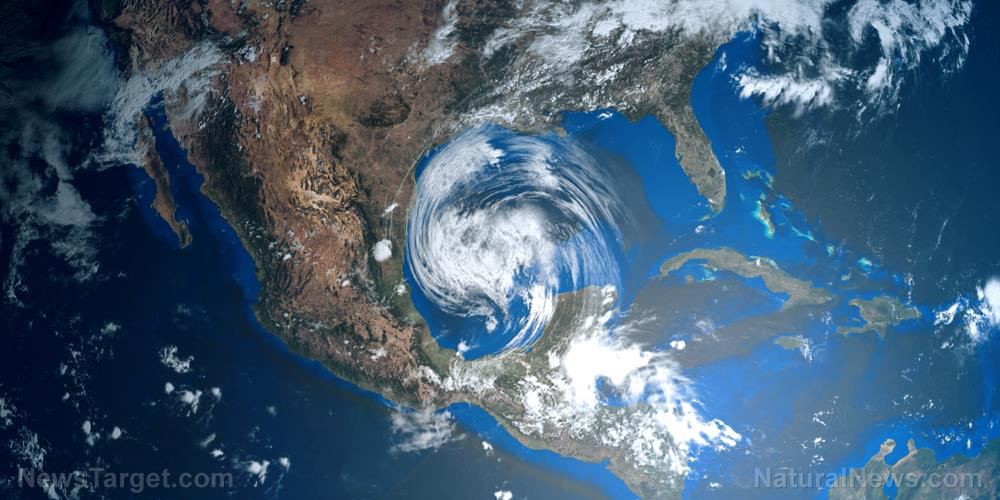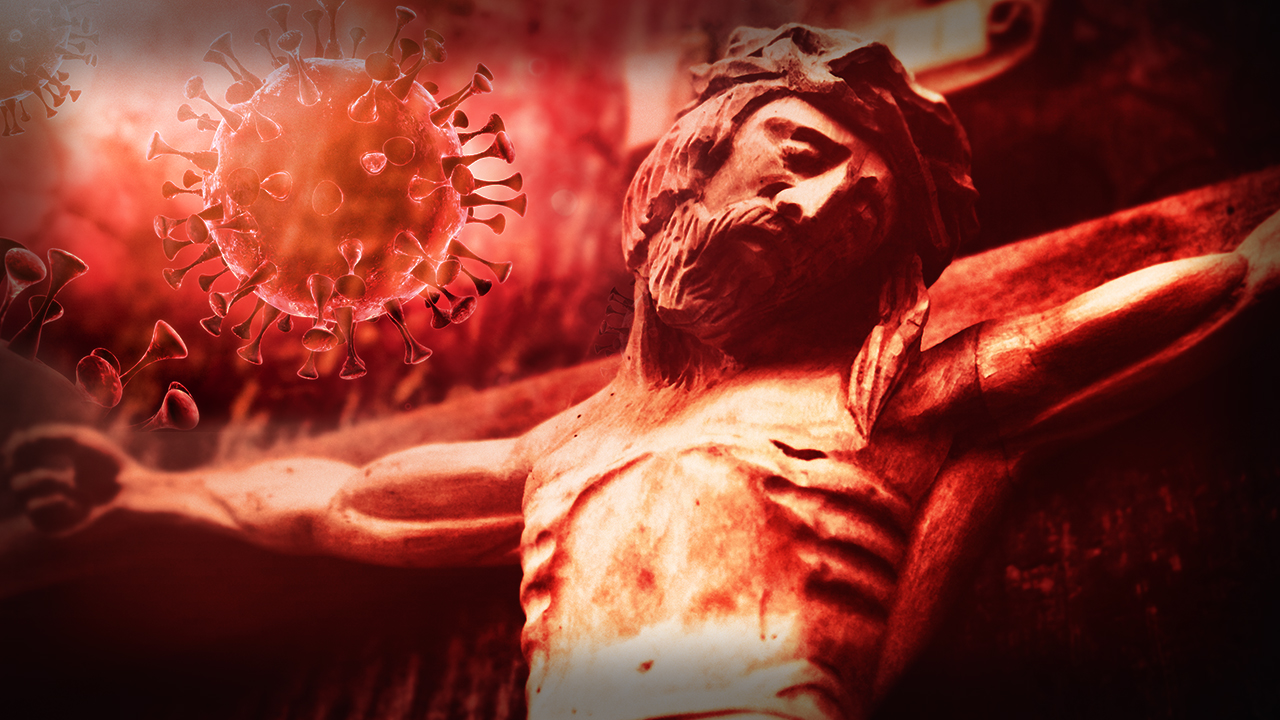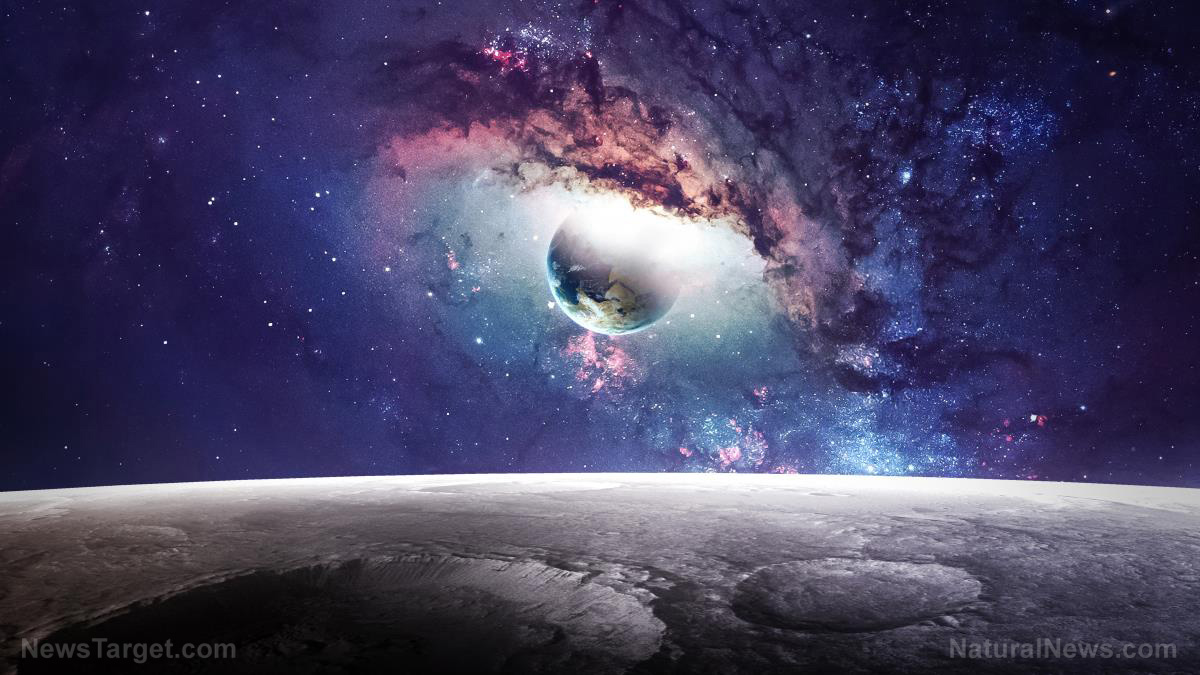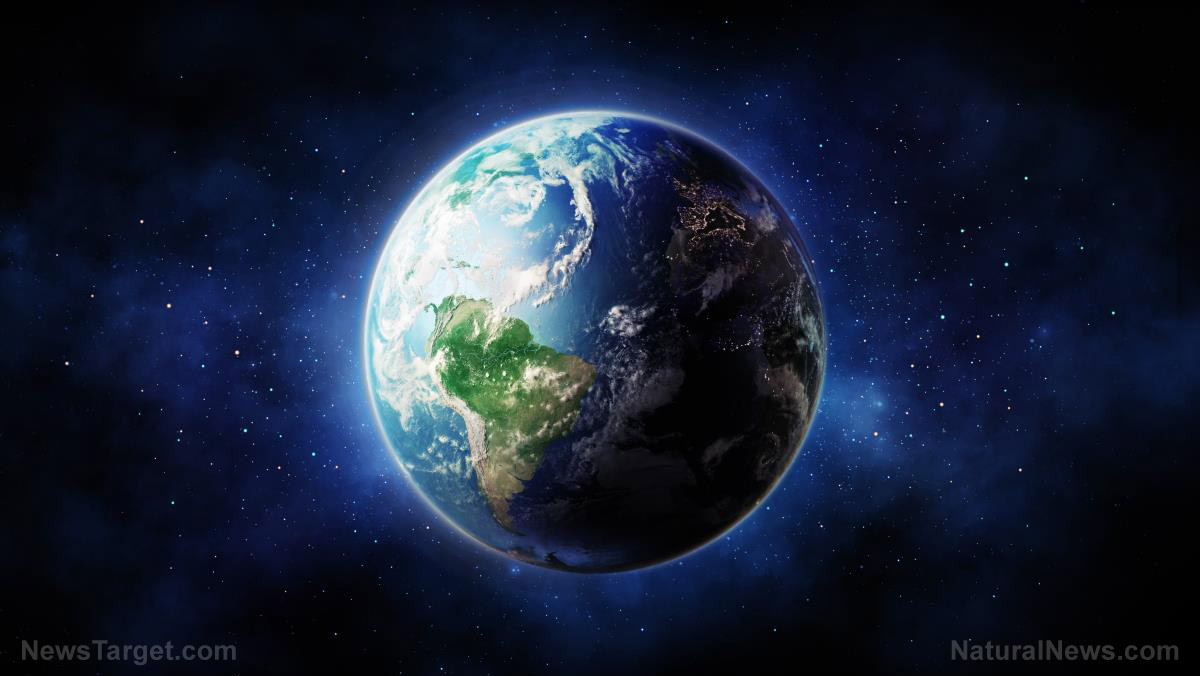Scientists discover a “space hurricane” above the North Pole
03/08/2021 / By Divina Ramirez

An international team of scientists has confirmed the existence of “space hurricanes” after analyzing a swirling mass of plasma spotted hundreds of miles above the North Pole.
The space hurricane, which was observed by satellites in the Earth’s upper atmosphere, appeared to be raining electrons instead of water. The hurricane spun in an anti-clockwise direction and lasted almost eight hours before dispersing. It also had multiple spiral “arms.”
The team created a three-dimensional image of the space hurricane in the Earth’s ionosphere, which is ionized by solar and cosmic radiation. Because it is made up of charged particles, the ionosphere is reactive to the changing magnetic and electric conditions in space, which are better known as space weather.
The hurricane occurred during a period of low geomagnetic activity in 2014. Scientists think it might be one of many space hurricanes happening within the solar system and beyond.
The study was led by researchers from Shandong University in China. The findings were published on Feb. 22 in the journal Nature Communications.
Space hurricane confirmed
The swirling mass of plasma was about 620-mile-wide. Prior to its discovery, scientists had been unsure about the existence of so-called space hurricanes. “[To] prove this with such a striking observation is incredible,” noted study co-author Michael Lockwood, a space scientist at the University of Reading in England.
Retrospective analyses showed that the large, cyclone-like auroral spot had the following characteristics:
- A spot-like strong upward field-aligned current (FAC)
- Zero horizontal flow near its center, i.e., the hurricane’s eye
- Strong flow shears around the edges
- Ion upflows
- Enhanced electron temperature
- A negative-to-positive bipolar magnetic structure
- Large and rapid deposition of energy and flux
These characteristics are typical of hurricanes found in the Earth’s lower atmosphere. This led the team to call the swirling mass of plasma a “space hurricane.”
In many ways, the space hurricane resembles the hurricanes that commonly occur over tropical or subtropical waters. When warm, moist air from such bodies of water rises. It creates an area of low pressure near the surface that sucks in surrounding air, causing strong winds and creating clouds that cause rain.
In fact, hurricanes like those that occur on Earth occur as well in the lower atmospheres of certain planets like Mars, Jupiter and Saturn. Enormous solar tornadoes have also been seen in the atmosphere of the sun. However, space hurricanes in the upper atmosphere of planets had not been detected before.
“Tropical storms are associated with huge amounts of energy,” said Lockwood. Similarly, space hurricanes are created by the large and rapid transfer of solar wind energy and charged particles into the Earth’s upper atmosphere.
The authors warned that such hurricanes could disrupt Global Positioning Systems (GPS). That said, they may also help space scientists better understand space weather. (Related: Adverse space weather may have been responsible for the RMS Titanic shipwreck, study suggests.)
Lockwood also believes space hurricanes could be a universal phenomenon. Theoretically speaking, a moon or a planet with both plasma and a magnetic field could accommodate space hurricanes.
Plasma is found throughout the solar system and beyond. In addition, many planets, including Saturn, Jupiter, Uranus and Neptune, have extremely strong magnetic fields.
Overall, the authors noted that their study suggests that intense geomagnetic activities and energy depositions comparable to those during superstorms occur even during “quiet” geomagnetic conditions.
They are hoping that their study helps space scientists better understand space hurricanes and their impacts on satellite navigation, radio communications and radar location.
Go to Space.news to read more articles about space hurricanes and other astronomical events.
Sources include:
Tagged Under: cool science, future science, hurricane, outer space, physics, space exploration, space hurricane, space weather, weather, weird science
RECENT NEWS & ARTICLES
Cosmic.News is a fact-based public education website published by Cosmic News Features, LLC.
All content copyright © 2018 by Cosmic News Features, LLC.
Contact Us with Tips or Corrections
All trademarks, registered trademarks and servicemarks mentioned on this site are the property of their respective owners.





















